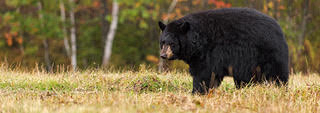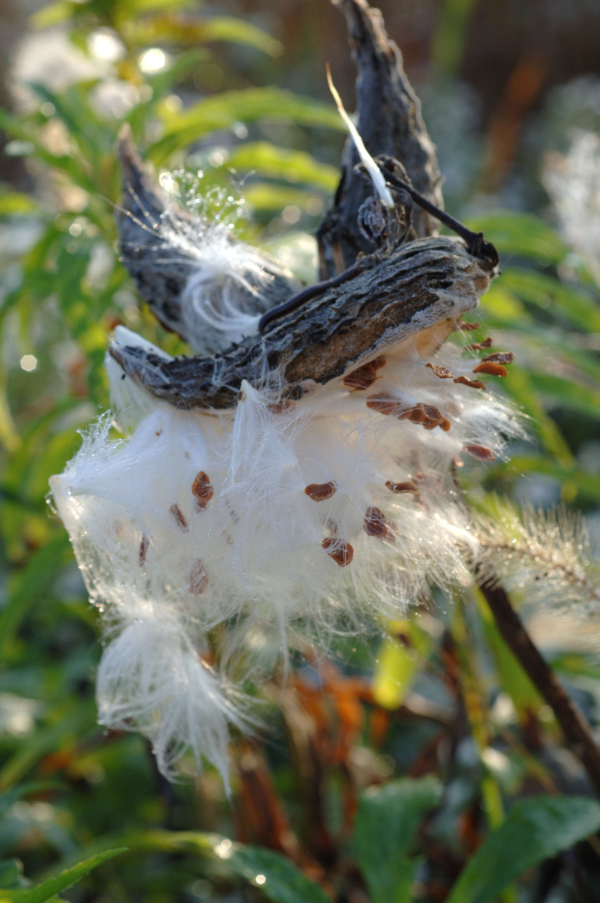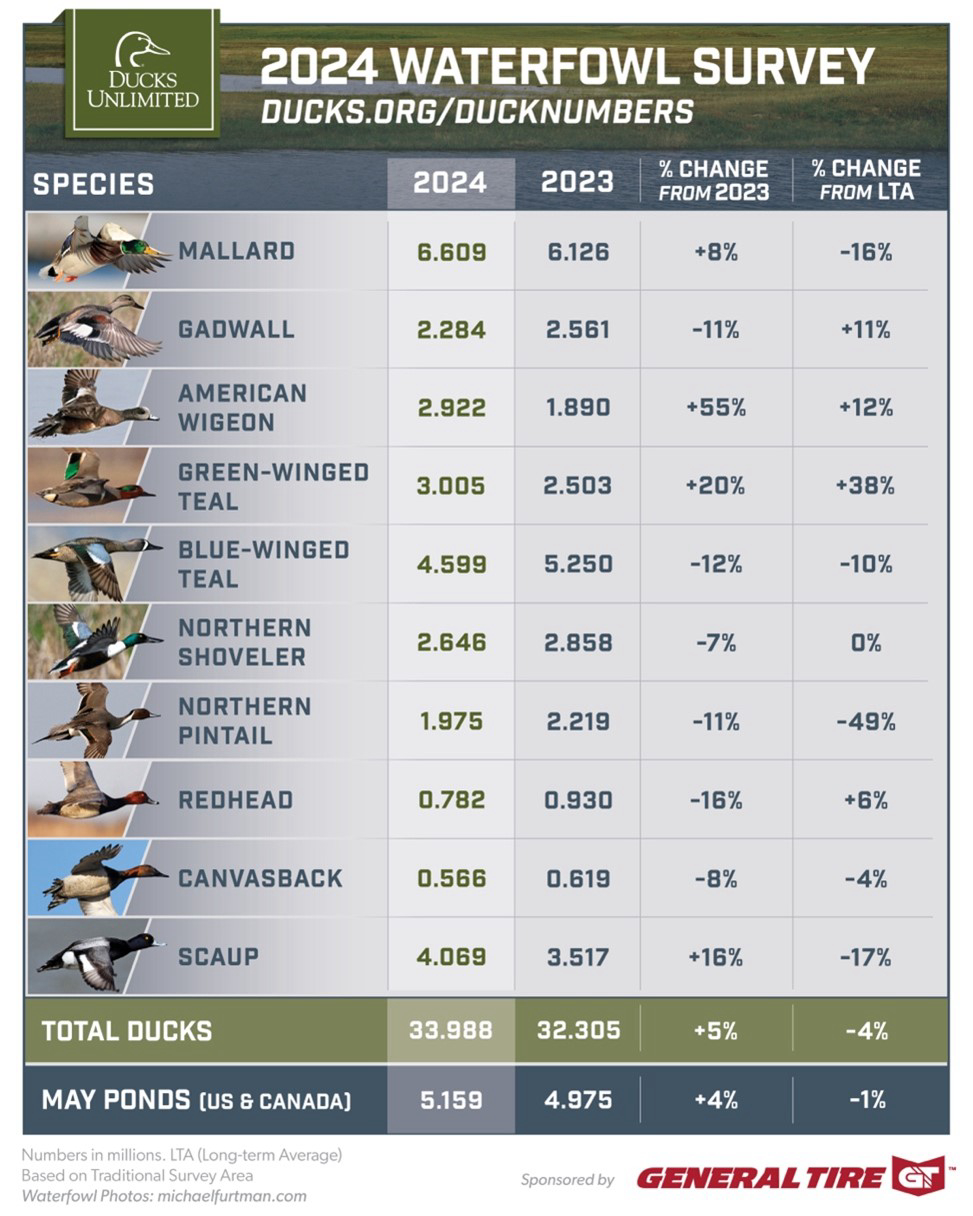Food Plots for Wildlife
By Glen Wunderlich
On a recent trip through Ohio, farmland flooding covered the low-lying landscape. The fate of the farmer was out of his hands, as excessive rains destroyed early planting efforts. Those “lucky” enough not to have planted were no longer able, because of the standing water. Farmers don’t have to travel to Las Vegas to gamble; it’s the nature of their livelihood. For those of us who plant wildlife food plots, the odds are not any better, but at least our incomes are not dependent on results.
While the baiting and feeding issue in the Lower Peninsula remains in limbo, food plots are a sure-fire means to increase your hunting chances in the fall, if you have access to private land. Many hunters that I know lease land yet are still planting to attract and hold game. Bait can certainly draw deer into an area, as long as a hunter continues to haul it to a given site. But, one who works the land not only gains an advantage for hunting purposes, he has the ability to provide nourishment to wildlife throughout the year after planting is complete. With the proper balance of perennial and annual plots, deer, turkeys, rabbits, pheasants, and other game animals may just call your habitat home.
Perennial means long-term plantings that grow year after year without replanting. However, a good perennial plot of clover and/or alfalfa requires a fair amount of annual maintenance including mowing and fertilizing to keep them in top shape. Perennial plots also have the advantage of being there in the springtime, which is very beneficial to winter-stressed animals.
Annual plots are seasonal plantings and can range from corn, beans, grain, or the brassica family – my favorite. Existing fields are a good place to start, because wooded areas just don’t provide enough light for plants to flourish. It’s best to develop food plots away from public roads to minimize the effects of an attractive nuisance. Nobody that spends countless hours afield and sizeable amounts of money in seed, fuel, fertilizer, lime and manpower wants to do it for the benefit of poachers.
If you are going to take advantage of fall plantings, now is the time to kill grass and weeds with the aid of sprays containing glyphosate – the active ingredient in trade name RoundUp or other brands of non-selective herbicides. The cost has dropped substantially over the past few years and a 41-percent concentrate mixture in 2.5 gallon containers is a relatively low $40 now. Make sure to check the label for the level of concentration; some stores sell diluted stuff that’ll cost you more in the end. Don’t overlook backpack sprayers for remote areas where machines can’t get to.
Many site locations require lime to increase the ph level so that plants can grow vigorously, but only a soil test will tell the story. For best results, get the lime into the soil as early as possible – 3 months or more before planting. A tractor with enough power to pull a tandem disk is far better than wimpy implements behind an ATV, but if that’s what you have, it can be done with a little more work.
At planting time a hand-held spreader can seed an acre or more in about a half hour. But, to get the best germination rate, the seed must make good contact with the soil. If you don’t have access to a grain drill, seed can be broadcast and then pressed into the soil with a cultipacker – essentially a special purpose roller. Without it, seed can be wasted and can run off in heavy rains. Seeding depth is critical.
Fertilizer and lime can be applied with a hand spreader but it’s time consuming and a messy job. It’s hard to avoid getting a good sweat going and the fertilizer and/or lime will stick to your face and any exposed skin. It’s best to have some type of spreader that can be pulled behind a tractor or ATV or one mounted to a 3-point hitch to minimize discomfort.
In any case, time’s a wasting, if you’d like to reap the rewards of a fall planting. For a good reference, check out Ed Spinazolla’s book, Quality Deer Food Plots. It covers all the details of Quality Deer Management planting strategies and can serve as reference material for years to come.






